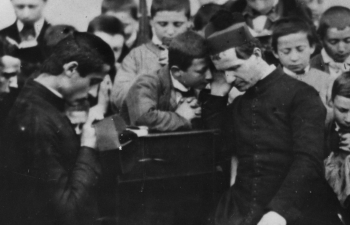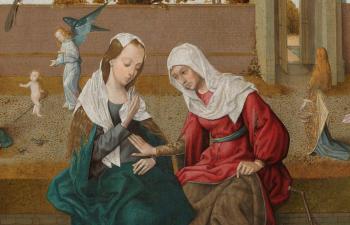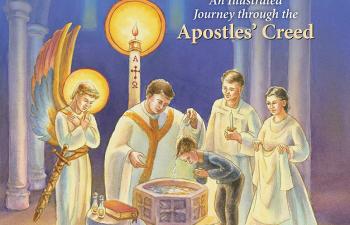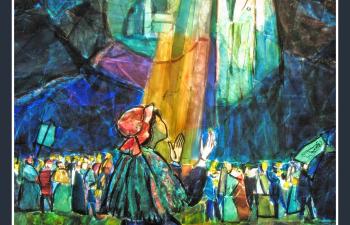Thirty years ago, in 1985, coinciding with the “International Youth Year” proclaimed by the United Nations, St. John Paul II wrote Dilecti Amici, a letter to the youth of the world. Though many of his previous documents mentioned young people, Dilecti Amici was unique among St. John Paul II’s letters because its entire content was directed towards the young. It revealed not only what he thought about them but also how he felt they should be addressed. For these reasons, it offers much, by example, about how the Church should relate to youth. Much of the letter reflected on the story of the “rich young man,” who didn’t follow Christ because he could not give up his many possessions. With keen spiritual insight, St. John Paul II wrote that the greatest possession this man had was his youthfulness. “Youth is in itself (independently of any material goods) a special treasure of man.”[i] Christ not only asked this young man to leave his material possessions but to offer up his own youthfulness to follow him. Evangelists today should realize how significant this sacrifice is, especially in a culture where people are reluctant to “grow up.” Though the young man’s possessions kept him from following Jesus, it was his youthful curiosity that brought him to Christ in the first place. Young people aren’t afraid to ask difficult questions, such as the young man did in the story. Christ not only provides the answers, he is the answer. Those who speak with the young must not be afraid to answer their questions, but they must also do more. They need to help young people ponder new questions, such as the meaning of life, the meaning of good and evil, and the importance of eternity.
The rest of this online article is available for current Guild members.
This article is from The Catechetical Review (Online Edition ISSN 2379-6324) and may be copied for catechetical purposes only. It may not be reprinted in another published work without the permission of The Catechetical Review by contacting [email protected]



















